Leroy Vinegar
*
JJM: I know you started out in Indianapolis, and I am wondering if you knew Wes Montgomery.
LV: Oh yeah, we all came up together. Wes Montgomery, and Monk, and Wes’ brother Buddy. Freddie Hubbard is from there but he came up ten years later. J.J. (Johnson) is from there, but he came up ten years earlier. So, actually, my career started in 1945, because I played piano…and then from piano I switched over to bass in 1948.
JJM: So Wes Montgomery was playing then in Indianapolis?
LV: Yes, he and Monk and Buddy-they were playing then. Actually they started before me. I had a little trio, but didn’t do real well. The guy that played bass used to leave the bass at my house, so then I started to fool with the bass and started to play it. See, in my home town, we had a shortage of bass players, so when I got started to learn the bass, it was a wonderful thing to do.
So actually I came through that bebop period…Even though I wasn’t in the big city, but it was during that period. Bebop started in the early and middle 40’s.
JJM: I’ve read that Indianapolis was a stopping place for national acts that toured, that you could see an Art Tatum or a Ben Webster or a Charlie Parker.
LV: There was a club where the guys used to come and I played in the rhythm section, and there was a big ballroom there called Herkensen’s Sunset Ballroom and all the bands came. That’s when I started being introduced to music. Duke Ellington and Count Basie would come-it was like a one night stop off. You know they had dancing-of course jazz has always been dancing music-but that’s when I started seeing all the big bands: Duke Ellington, Count Basie, Tiny Bradshaw, Benny Carter, Jay McShann. That’s when I started to be with people like Dexter Gordon, Bird, Howard McGhee, Fats Navarro-these guys would be in different bands. Sometimes they would leave that band and come through with another band. When I was young I couldn’t get into a club and I used to stand outside to hear them. So that was a big influence on me.
JJM: And then you moved to Chicago. What was the scene like then when you were there?
LV: Oh, it was happening in Chicago. I moved there in 1952. I was making my music push. I was on my way to New York so I figured I would go to Chicago and break in, and little did I know that Chicago was just as powerful as New York but at that time I didn’t realize it, I figured well I would move to Chicago and break myself in and I would be ready for New York. Wrong! The minute I hit Chicago it was all happening. That’s when I first met Ben Webster and Bird and Miles and… you can go on down the line. I was in the house rhythm section for a while with Junior Mance. Israel Crosby, who later was the bass player with Ahmad Jamal, had the job. He put me out there when he went out with Benny Goodman a lot. And I worked for Bill Russo at the Blue Note a lot, so that’s when I started getting introduced to all the musicians.
JJM: So they would come and use your rhythm section?
LV: Yes, we were the house rhythm section for Bird, or Sonny Stitt or Johnny Griffin or Howard McGhee or Miles or Ben Webster. Dizzy didn’t-Dizzy always had his own group along. But he still used to come through.
JM: Do you have any Charlie Parker stories that would tell us what sort of person he was and how he approached music?
LV: I was never around Bird that much. I think I played with him three times. We used to hang out at intermission. We talked about music and he used to talk to me about music, and what my function was. See, I always asked a lot of questions because I was very serious and I wanted to know. I felt like it might sound dumb but I just had to sacrifice. The guys were so nice-they understood what I was saying. Bird used to always tell me, “Be sure to listen to what’s around you. If you don’t know a song, listen to the melody, and the melody will dictate the changes.” And he told me, “you’re going to be a very fine bassist because you listen, and that’s very important, that you’ve disciplined yourself, which is very important,” and I took it from there.
JJM: In Chicago and in Indianapolis, what would you say were your influences on your way of approaching the bass?
LV: Well, naturally Jimmy Blanton. There were a lot of bass players that Duke had that were really influential.
JJM: On the 40’s Ellington records the bass is always recorded so nicely.
LV: Oh yes, Duke loved the bass. Lionel Hampton too. Sometimes Duke would have two basses. Those bands always put the emphasis on good bass players
JJM: I’m sure you’ve heard Milt Hinton over the years in various bands..
LV: I love Milt…I love him because he’s there, he’s always there. A great musician and a great person and a great bassist. A lot of times you go and hear a musician and you want to push him some: “Come on, let’s go.” Not with Milt. He was always there. Israel Crosby too. Those guys-Ray Brown, Oscar Pettiford-were always there when you would go to hear them. You just set down and listen.
JJM: I want to ask you about the Los Angeles scene. People use the term “West Coast Jazz” to describe what was happening in Los Angeles. Did you have a feeling then that it was a distinct style that was happening in Los Angeles?
LV: Well, they said that. I heard that it was a “cool school” or that musicians weren’t as rambunctious as they were in New York. But when I got there Dexter Gordon was not cool. Wardell Gray was not cool. Carl Perkins, Kenny Drew, Lawrence Marabel, Frank Butler-these guys were not cool at all. Conte Condoli, Frank Rosolino, Shelly Manne-these guys played with fire. I didn’t see any coolness in them; I don’t understand. Central Avenue was very strong and the only guys that used to go there were anything but cool.
JJM: I think the records from that time bear that out
LV: Well the guys played more music, they played more music and they had more arrangements, now that’s what might have made it more cool, you know the arrangements were closer. The East wasn’t like that. Their arrangements seemed to be a little more open. The West Coast seemed to have a little more notes, that might have been what made it look a little more cooler. I always had that fire, you know, coming from the Midwest. Some people say the East but it’s really the Midwest.
JJM: Did you start becoming active in the studios right away or did you start in the clubs?
LV: Right away I started coming up into the studios. I was very lucky-I started to learn to read music, I got a teacher, and I started to learn how to read. A couple of bass players, like Red Callender and Joe Comfort, helped me very much in my reading and they helped me get into the studios.
JJM: Well, it seemed for a good number of years in LA you were on every other session.
LV: Oh yeah-a lot of records., a lot of movies and TV shows. The music I did was not only bebop but different categories. I was a bass player for what at that time we called “Hootenanny” music and then it went to folk music. So I was the bass player for a lot of those groups that came through, you know…
JJM: Really?
LV: Yes. I was very active in different kinds of music. I didn’t raise my family and achieve success always playing bebop. To survive you had to do other things, because the jazz scale in LA was so low that you couldn’t raise a family, you had to do other things. Now you can raise yourself but you couldn’t raise your family. It was impossible, making $15, $20 a night.
JJM: You recorded with Benny Carter, who was active in TV and movies.
LV: He might have been the first black movie writer, from what I heard in Los Angeles. He was very active.
JJM: And he was active in getting the union desegregated
LV: Yeah, he was. He and Buddy Collette and a few other people . But when I got there it just had merged about two weeks. Chicago was still segregated at that time.
JJM: Did that help the money? Were there different scales?
LV: Yeah, naturally the white local was higher than the black local. But when we came in it became one scale. We didn’t have the good money jobs until we merged. I think the merger helped because the black musicians were starting to get more in demand, so the color barrier was starting coming down quite a bit. People like Buddy Collette, Red Callender, Charles Mingus, Benny Carter, and a few other guys they started bring the barriers down because they started doing movies and TV shows
JJM: When you were making the recordings for Contemporary and some of the other LA companies did you imagine that people in 1997 would still be listening to these things?
LV: Yeah, I did. I figured jazz is strong. Jazz will always be strong. Never been big. They tried to make it too big, but jazz has never been that big thing. Norman Granz made it big, only because he had a whole bunch of musicians out there on the stand, but to me I felt they tried to make jazz too big, and it started falling on its face. The festivals survived, but then when the other music started, that’s when it put a hurtin’ on jazz. But I felt they made it too big so jazz would always be in small, smoky rooms. Now you get into a club that has 300 people it just gets lost because most of the clubs I’ve played in, except maybe like the Blue Note in Chicago…most of the clubs I’ve played in are the smaller clubs would only seat, maybe 75 to 100 people. Tight jam, you know: small smoky tight clubs. They put that in the book over and over again.
JJM: I think that the basic language of be bop as it was established in the 50’s has remained the core of jazz until today
LV: Yes, that’s where it will always be-like classical music. It will never disappear. Don’t ask me what it means, I don’t know, I never found that out. But anyway it will always be there. Jazz has gotten so many names-mainstream, Latin jazz, rock jazz…. But if you say bebop, everybody that knows anything about jazz will know what that means.
JJM: Could you say something about how your views about music have changed or not changed from the 50’s?
LV: It’s changed. Too much loud music. They call it fusion music, but it’s just too much loud music. It’s not that real swing. They always want to call jazz old fashioned but yet they don’t call classical music old fashioned. If we don’t put a lot of rhythm instruments into jazz then the jazz that I’m known for playing, which is called bebop, is old fashioned.
Now we are beginning to find out that it’s not old fashioned. The clubs that I work in a lot around town-I’m the oldest one in the club. These young kids really listen. You’ve been in Berbati’s, and I’m sure you’ve been in Atwater’s and it’s just a younger generation They come up and ask you questions. Who was this and how did it feel like playing with Miles or Dizzy or Bird or Teddy Edwards or Sonny Criss or Frank Rosolino? We lost a lot of radio and we lost a lot of press coverage, so naturally when you lose that, a lot of people will come up and will not know much about jazz. But now they’re beginning to come back to it.
JJM: I think one of the real limitations musically of fusion or smooth jazz is the weakness of the bass. Not that some of those players can’t play, but there’s a harmonic simplicity and a lack of rhythmic interest.
LV: And it’s a pattern too. When I came up, even though you played 4/4, you weren’t confined to a pattern-you could vary it. Now on most of that music, the bass player has to stay on one pattern-if you don’t it doesn’t sound right. It takes your creativity out of you, as far as I’m concerned.
JJM: I have a couple things I want to ask you about bass playing. In groups that you play with is there a formula for deciding who is keeping time? Whether it’s you or the drummer?
LV: No, it’s the music. We count off the tune, in a certain tempo and everybody knows what to do, so it doesn’t belong to the rhythm section or an individual person. Everybody’s got to just jump in on it.
JJM: But you’re known for your strong time and your strong rhythmic pulse.
LV: Well, that’s my function. The newer bass players are beginning to learn that now. It’s not all the solos I can play. It’s your function is to be strong-you are a very strong key in that backfield. All musicians love a good strong bass player. We love a good drummer and we love a good piano player, but they really rely on a strong bass player. It’s always been my experience anyway. I guess that’s one of the reasons my career has been so successful, that I was able to be strong and to be creative, and to make the musician out front play. Like Trane used to say to me when I played with him a couple times, “You would beat a person right into the ground with that time you got, Leroy. Right into the ground!” Well I was raised that way. If you were raised with Art Tatum and Kenny Drew and Hampton Hawes-all these time people, you can’t escape it. Of course, you’re not going to be up there if you’re not a strong bass player…that’s one thing about it…they’re all looking at the bass player. You could have a weak drummer or a weak piano player, but you cannot have a weak bass player. You won’t last.
JJM: Do drummers that play with you feel more free to wander and splash colors around?
LV: I think they do because I don’t try to lock them in unless they’re weak, and then I’ll lock them in, but take Mel (Brown). Mel is free to play whatever he wants to play. A lot of drummers feel free. I’ve played with all of them…from the freedom on up to the swingers, you know and I never heard no complaints yet…in fact they all be looking for me, you know, when they come to town. They can still do their thing and still know that the time is there.
JJM: I read an interview with Ron Carter recently, and he was describing the way he played a tune, and he was saying that he never played the same figure twice throughout the entire tune. He said “every eight bars I came up with something different.” All bassists don’t do that…
LV: That’s what I like about Ron. You never hear him play the same thing. I do the same thing too. I try to vary-you may play a chord and then from that chord you may play another chord but normally you wouldn’t even hear it , see…so I know what Ron is doing. A lot of good bassists like Paul Chambers were like that.
JJM: Do you have any stories about traveling with a bass? I know that bass players have some of the biggest challenges getting around.
LV: Yes….One time we were in the south of France and there were eight bass players on this small plane. I think it seated about 75, maybe not that much. Everybody was wondering how they were going to get in their seat with eight basses on that little plane. They forgot that the seat goes forward on that plane, and that’s what we did. We pushed all the seats all the way forward and we jammed in the basses, and we got them all on there. Everybody was amazed that we pulled it off but we’d done this before.
Then, of course, that little trick that most of musicians have done is put the bass in the bed and cover it up, and then leave, and then the maid comes in and thinks there’s somebody is in the bed, because a bass is shaped like a human to a certain extent.
I remember I saw one of Red Mitchell: a bass standing in a corner with a sign on it “If you touch this bass you are going to jail”-that was good.
JJM: Do you ever feel unsure about leaving your bass on the bandstand when you go for a break?
LV: No. I never thought that. Because that’s pretty big to take out of there. But they would take the horn.
JJM: I was thinking of getting it knocked over.
LV: I try to secure it as much as possible. Musicians, they respect it. You gotta be drunk to knock it over. They respect it. They know that they can’t touch the bass. I always put it out of the way, first of all. But I’ve had it kicked a few times. While I’m playing, maybe the horn player would back into it.
JJM: Some bass players go for really old instruments made in Italy. You ever been interested in getting one of those?
LV: I had those. My first bass that I made all my earlier records with is now about 350 years old. The one I’m playing now, the one you heard me play is 200 years old. I have another one that’s about 75 years old. Two are German and one is English. So the older the bass, the better; the wood is much better.
JJM: I’d like to ask you a couple things about education and how young people are coming up in jazz now. Could you compare what its like for a young person to get into jazz now compared to when you came up?
LV: The only thing I can say is do what we did: go out and jam and play with other people. I do put emphasis on learning how to read. I made a mistake like that and I say that to all young musicians, “Learn how to read music.” It will not only increase your income, but it will increase your musical ability, and then you will have a much longer surviving time. Of course when we come up in my hometown, we didn’t have a music school, we had to learn it ourselves until the piano player moved into town and started teaching us how to read.
JJM: It’s been said that it’s tough to find a place to sit in in a lot of cities in the U.S.
LV: Well you create it-like we did-you just create it. When I moved to Chicago in the 50’s, things were tough-there were ten good bass players ahead of me and they weren’t about to give me a shot. Ronnell Bright (a pianist who later played with Nancy Wilson and Sarah Vaughan) and I used go to a certain side of town and we walked into these bars that didn’t have music. We said, “Hey-do you mind if we play?” They’d say, “I’m not going to pay you.” “That’s okay, we just want to play. Maybe we can create something.” So the guy said go for it. We played for free and we created things.
You can’t sit around and cry. There’s no crying for me because I know I had to do things, I had to create a lot of things within myself in order to start surviving. I was doing that running around clubs and there was no money at first but then they created something.
I did that here [Portland] when I first came to town. I heard one club wanted music. I walked in and the guy said the money was so low it was embarrassing. I said, “Here’s what will do: you pay my two men this certain amount of money, which wasn’t very much, and give us all meals. Don’t pay me and give us a month here. If we don’t do good we’ll pull out. In two weeks the place was jam packed, and now the guy didn’t want to lose us now that his business is starting to increase and he starts offering us some money. So you just gotta get out. If you can’t get into a session, you just have to create one like Ron Steen does. I love Ron Steen for that-he’ll go to any club-the next thing you know he’ll just start creating sessions.
JJM: He’s spent so many hours doing jam sessions
LV: They should hire out to him. That’s happened to me, but I don’t run a jam session, I say, “Go see Ron Steen, I don’t want you on this stage. I have my own group, I’m selling my own group, I’m not selling you. I don’t run a jam session, go to people like Ron Steen, go to a club on your own.
JJM: I appreciate your time and I think this will make a good interview.
LV: Well, I hope so. Before we close this out, there’s one man I would like to thank today for making my music career and giving me inspiration: that was Art Tatum. He gave me the inspiration to do where I’m at today. He and the guitar player came over to me, he asked me if I wanted to join his trio, I knew I must have been doing something right. I had to move to California first.
JJM: So you went to California with Tatum?
LV: He lived in California. If I wanted to join the trio, I had to go to California, other than that I would have been in New York. He said, “Would you like to join my trio?” I knew about Art Tatum because my music knowledge was very high, I would listen to the Dial records . I knew about Art Tatum and I figured if he heard something out of me then I must be on my way to something. I moved to California.
JJM: Tatum played so much bass in his left hand, how did you get a word in edgewise.
LV: You see he didn’t do that when he had a good bass player. A lot of people said the same thing to me, but he didn’t play bass notes with his left hand. He only did that when he was by himself, or maybe once in a while he’d play stride, but all the time I played with him he never played that way, he comped it just like any other jazz piano player. He was smart enough to know that it would interfere.
A lot of musicians didn’t know that. They were scared to play with him. But I didn’t know much about music, and I didn’t know what to be scared of. Then when I played with him, I moved around the corner from him, he use to knock on the door everyday ???I didn’t know if he got bugged or not, but I said “Mr. Tatum, if I got to play with you, I want to at least know what you’re doing. He really admired me for that, and that man helped me a lot in my music career. I thank him today for that and I always will thank him.
_________
Leroy Vinegar products at Amazon.com
_______________________________
*
If you enjoyed this interview, you may want to read our interview with pianist McCoy Tyner.








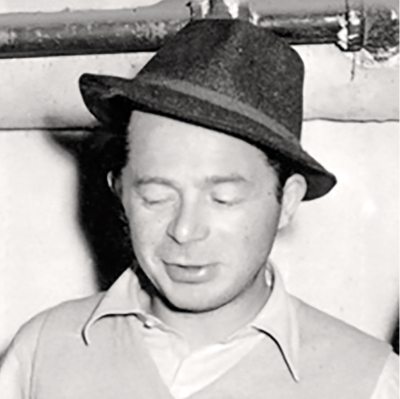




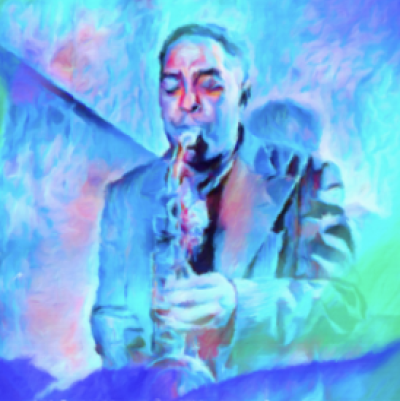
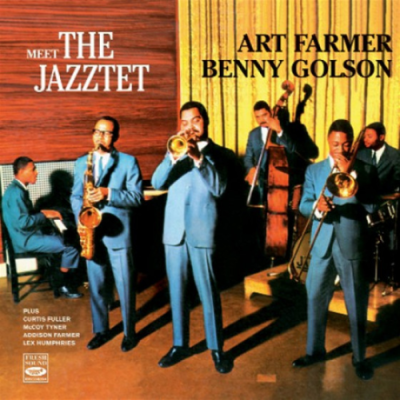




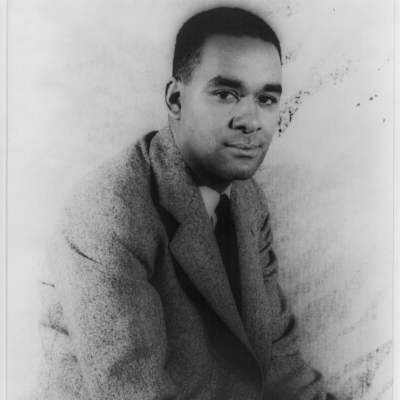
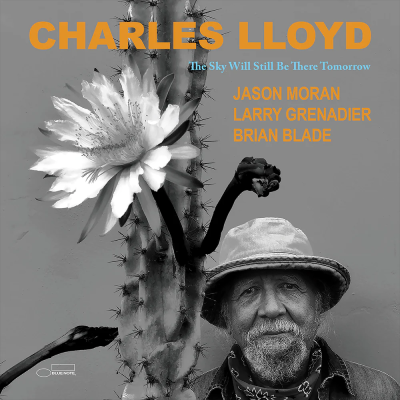
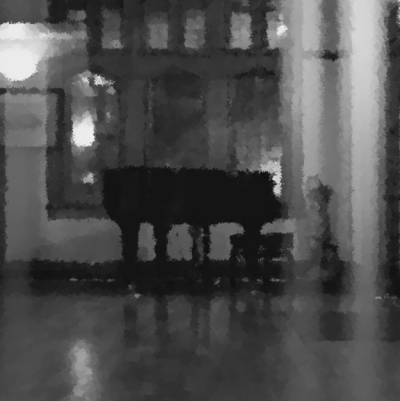




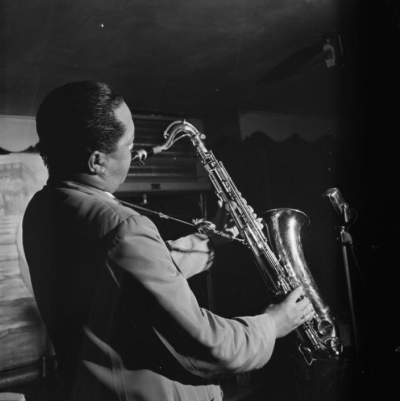

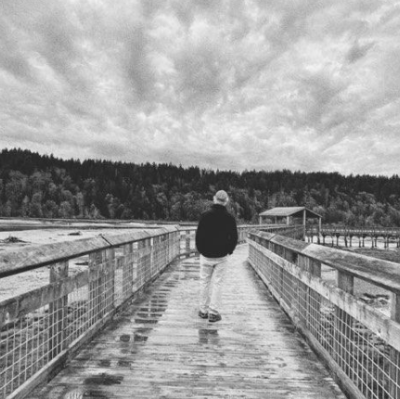
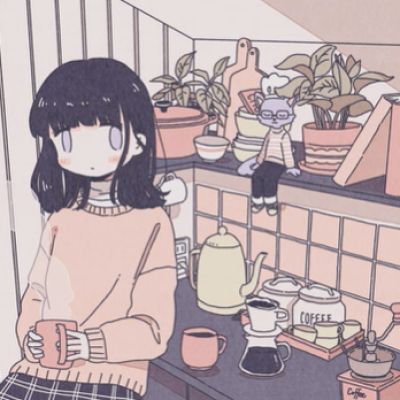
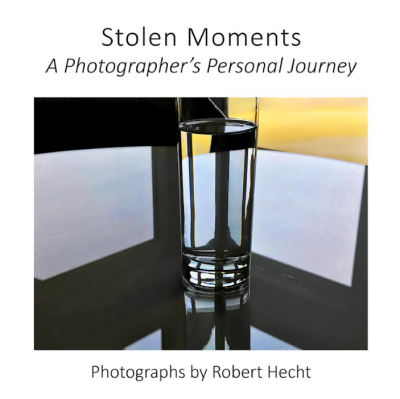









One comments on “Interview with bassist Leroy Vinegar”